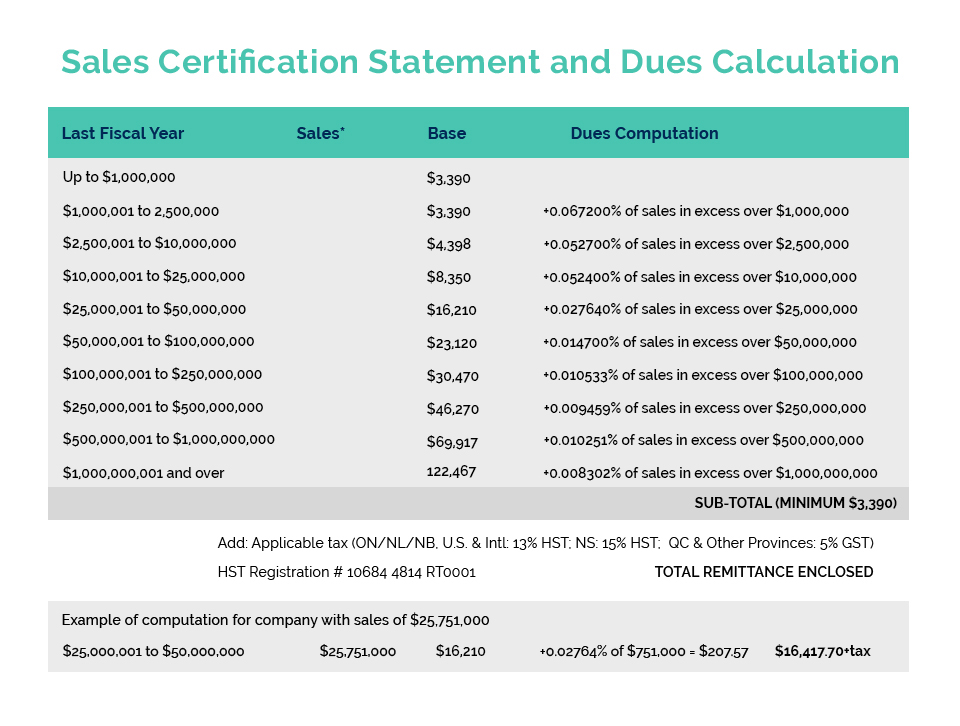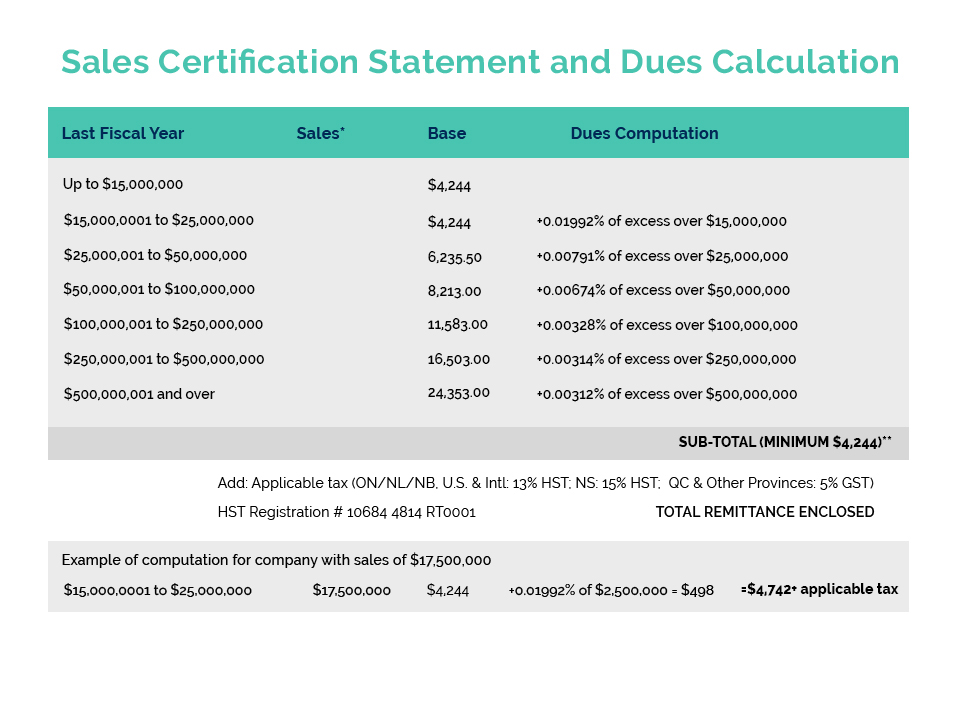COVID-19 Bulletin #14 – April 16, 2020
Many Canadian companies and subsidiaries are still in crisis mode as they navigate financial distress caused by COVID-19. While CEO’s and their teams review cash preservation options including rent relief, loan forgiveness and slower payments to suppliers, the way they handle employees has been unclear until now.
Fortunately, over this past weekend the Canadian Government introduced and passed improved updates on the Canada Emergency Wage Subsidy (CEWS) program. The purpose of this program is to assist companies in preserving cash and encourage them to maintain their current workforce for a twelve-week period. What follows is a summary of the program, the benefits and qualification guidelines.
The Program (CEWS) March 15 – June 6, 2020
- CEWS supports employers by providing each employee with up to 75% of their first $58,700 in gross income up to 12 weeks.
- The benefit pays up to $847 net per employee each week for the qualifying period.
- Employers are encouraged to fund the remaining 25% or as close to the original salary as possible, however, this guideline is not mandated in the legislation.
The Benefits
- The program supports business and employee continuity, preserves corporate culture and can boost employee morale during uncertain times.
- The cost to employers will be nominal during the duration period.
- It provides an opportunity for companies to emerge from the crisis in a much better position.
- Government coverage may also be obtained for certain employer-paid contributions including Employment Insurance, Canada Pension Plan, the Quebec Pension Plan and the Quebec Parental Insurance Plan when employees are on leave with pay.
How to Qualify
- Companies must demonstrate a 15% decline in revenues in March, which can be based on either accrual accounting (when earned) or cash accounting (when received). Whichever method you choose must be maintained.
- Qualifying companies in March are automatically eligible in April and May. Payments from the government will be retroactive.
- Companies applying for April or May (month to month) must demonstrate a 30% decline in revenues.
- Companies can determine revenue declines in March, April or May versus a year ago or they can calculate the average revenue of January and February versus March, as an example.
- Multinational subsidiaries filing taxes in Canada are eligible.
Other Options
Employers who do not qualify under the terms above but still need to make cuts can explore 2 other options:
- Employee Terminations: Employees receive full EI benefits.
- Work Sharing Program: Permitting employees to work reduced hours (from 10-60%). Employees receive partial EI for hours not paid by their employer, retain connectivity and provide some productivity.
A link to further information on the Government’s website can be found HERE.








